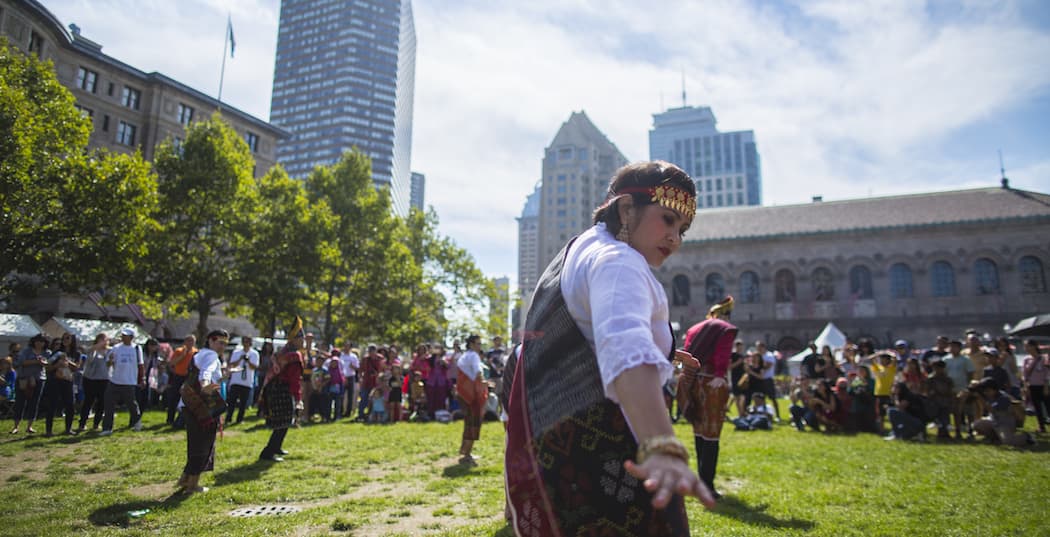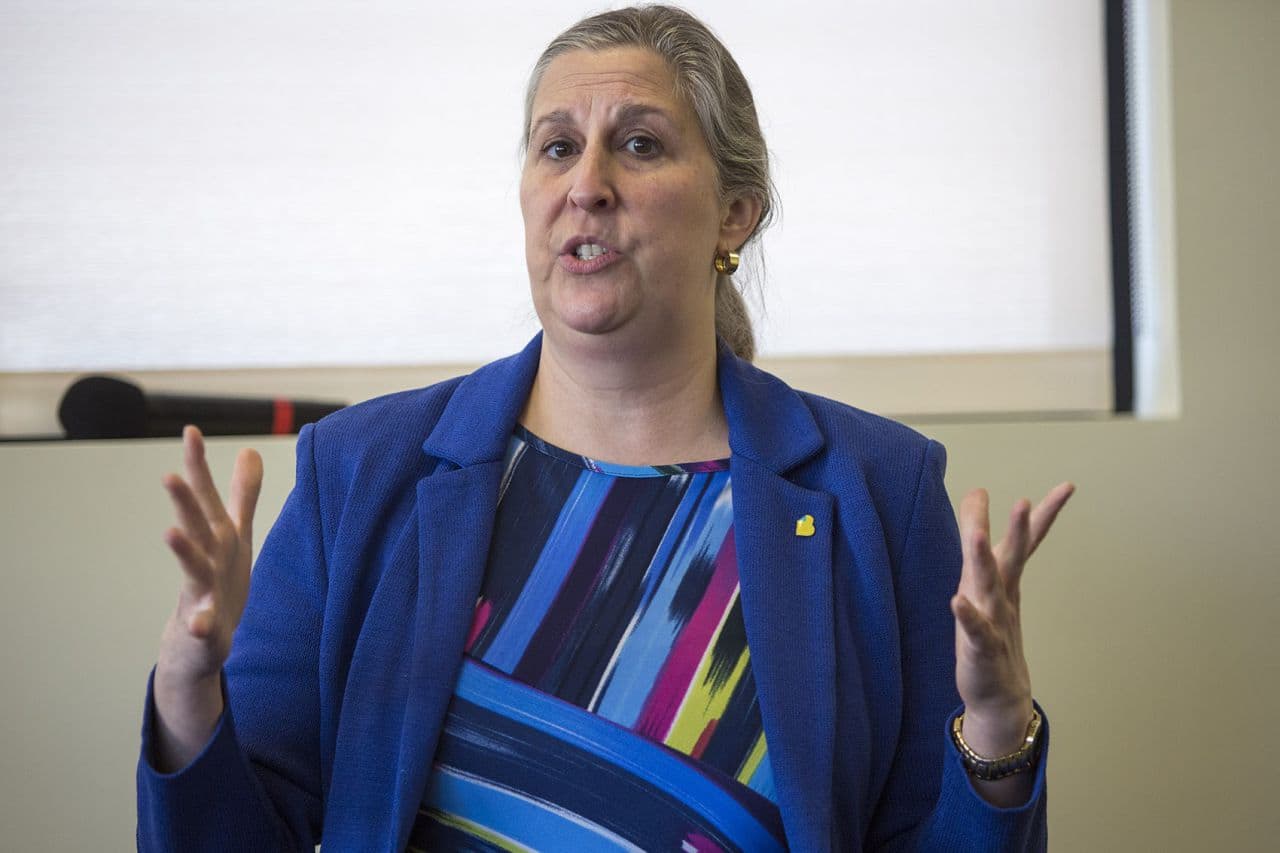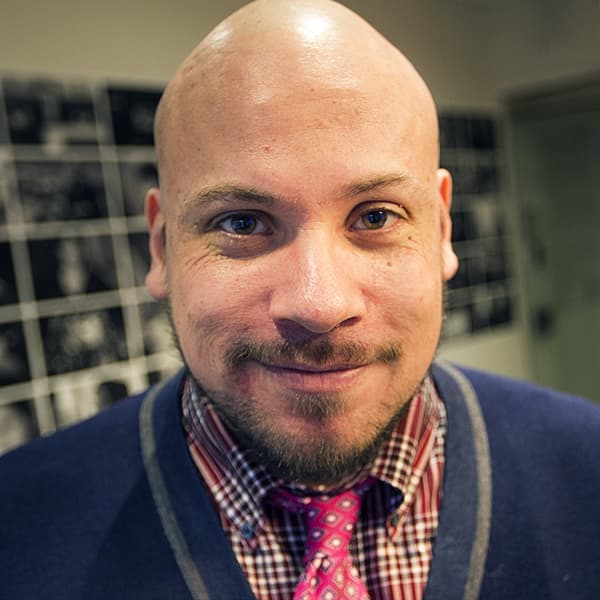Advertisement
Report: Boston Arts Scene Faces Divisions, Opportunities

The long-awaited master plan encompassing the city of Boston’s entire arts and culture ecosystem will call for a heightened emphasis on partnership — both between city government and private entities as well as among different municipal agencies and departments — to break down self-contained “silos” that the report says are holding back growth and leaving a significant chunk of the population feeling left out.
The report, created under the banner of Boston Creates, a fact-finding and analytical effort launched by the city in June 2015, was due to be made public in draft form late afternoon on Monday. The public is invited to review and comment on the draft for five days, through Saturday. The final plan will be unveiled on June 17, when Boston Mayor Marty Walsh speaks at the Americans for the Arts annual conference, held this year at the Sheraton hotel.
“One overarching weakness in the infrastructure of Boston’s arts and culture sector,” the report states, is that “the Boston landscape [is] dotted with arts and culture silos isolating neighborhoods, artistic disciplines, and various key participants — including City departments and offices — from one another.”
One outgrowth of this state of affairs, the report says, is that many Bostonians, particularly communities of color, feel excluded from the city’s cultural offerings and organizations. The report continues: “The existence of inequity and exclusion, real and perceived, in Boston arts and culture is more than an injustice. It is also a tragedy in a city where all must feel welcome and empowered to develop and express their creative selves if we are to create the Boston we want to live in.”
As a means of breaking down these “silos,” the report presents a litany of partner organizations, from municipal bodies to volunteer groups, who could combine forces to change Boston’s arts landscape. The wide-ranging array of entities cited in the report includes Boston Arts Consortium for Health, Boston Arts Academy, Boston Art Commission, Greater Boston Convention and Visitors Bureau, Boston Parks and Recreation, Boston Civic Design Commission, Department of Neighborhood Development, Boston Society of Architects and many others.

Art projects were integrated into the Boston Creates process itself. Two “artist-ethnographers” and one “photographer-ethnographer” were selected through a competitive grant process conducted by the community group Department of Play. Artist Heather Kapplow created a piece inspired by what she heard from the public at several community meetings.
“A lot of times I heard people complain that they’ve been through processes like these before and nothing ever comes of it, and their words haven’t been heard before,” Kapplow said. She responded by culling dozens of handwritten comments and reproducing them on one of the city’s shared FleetHub vehicles.
The extensive series of public forums and dozens of small-group community meetings yielded no shortage of requests and suggestions for ways to improve the city’s arts and culture sector. Though the draft plan cites many of these, from promoting the creation of neighborhood arts districts to bestowing honors like the title of poet laureate for the city, the question of how these efforts will be fully funded is not yet answered.
Advertisement
The final version of the plan will include calls for partnerships between the city and specific private entities, and recommendations for ways to raise increased funds for the arts in the future, says Julie Burros, Boston’s chief of arts and culture.

A mechanism for generating newly dedicated arts funds in the city budget — a potential lynchpin of efforts to increase funding for arts efforts — will not be identified at that juncture, however.
“The sustainable, dedicated public funding stream is not a year-one thing. We are not able to accomplish that in the planning phase,” Burros said, in an interview at her City Hall office. “At this point, the dedicated, sustainable funding stream from a public source is something that we’re going to continue to work on.”
Burros cited the so-called billboard tax in Toronto, Canada that was pegged to generate $23 million for that city’s arts scene over a five-year period beginning in 2013. This funding stream was approved only after a decade of activism by arts advocates.
“We do think that there will be several funding mechanisms, some exclusive to building the capacity of my department to implement certain parts of it,” Burros added, “but part of it might be sitting an some external place that people can make donations to.”
In January, Walsh announced $1 million in new arts funding, from monies provided by the Boston Redevelopment Authority. This brings the mayor’s proposed budget for the office of arts and culture — led by Burros, the city’s first Cabinet-level arts chief in decades – to $2.3 million for fiscal year 2017. (Though Burros also steers Boston Creates, that effort is funded separately from the city budget, in the form of a $1.4 million grant funded by the Barr Foundation and Klarman Family Foundation.)
Boston Creates’ draft plan presents a wide and detailed view of Boston’s arts and culture ecosystem, identifying scores of strategies and tactics to address issues identified through nearly a year of investigation.

The study found a “strong consensus around the view that Boston’s infrastructure for arts and culture seems deficient in key respects,” the report states. It cites difficulties with access to and maintenance of affordable cultural facilities; “significant imbalances and gaps” in funding for arts organizations, with much of the attention going to already-established pillars of the scene; and “an acute and increasing lack of affordable housing and work space” for artists.
To the latter point, wrapped within broader trends related to Boston’s real estate market — which is booming for developers of high-end condominiums, but increasingly challenging for renters of almost any income — the report calls for the citywide planning process known as Imagine Boston 2030 to take the needs of the arts community into account as it sketches a long-term master plan for the city.
To these ends, the Boston Creates report calls for identifying “land use tools and other policies” to provide incentives and create requirements for real estate developers to build new cultural facilities or provide support for existing ones.
In an email, John Fitzgerald, interim director of Imagine Boston 2030, confirmed that his group has held several meetings with the Boston Creates team to “specifically focus on the initiatives within the Boston Creates plan and how they fit into the broader context of a citywide plan.”
The release of the final plan will bring to a close the process known as Boston Creates. Some sort of governance body will then be put in place, Burros said, to manage implementation. Its exact shape and scope is still to be determined, but the goal is to put processes in place that will continue onward even if future mayoral administrations place less of an emphasis on the arts.
“To really keep many people involved in that process, it has to be larger than just city government. We’ve been looking for models of successful governance structures within city government that are a public-private partnership. Attachment to government is something we’re looking at very clearly. It won’t be dominated by government, that’s for sure,” Burros said.
